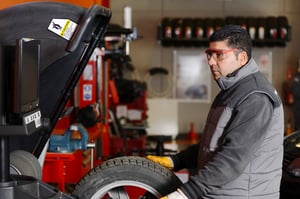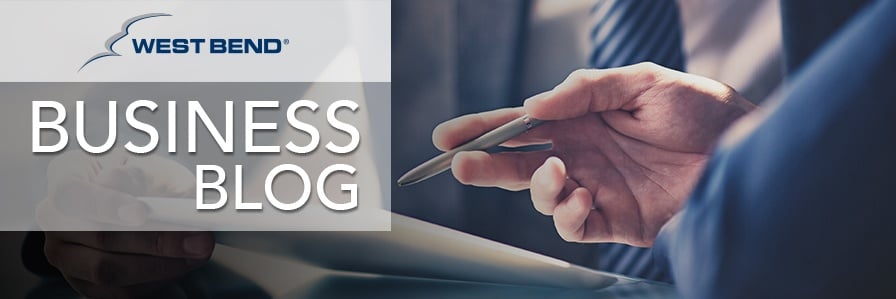 Auto repair shops have many exposures. Today we’re going to take a look at some of the exposures for internal operations, as well as hazards to the general public, customers, and employees.
Auto repair shops have many exposures. Today we’re going to take a look at some of the exposures for internal operations, as well as hazards to the general public, customers, and employees.
Here are some of the ways you can protect your employees, customers, and property:
Property
Primary exposures for property include gasoline storage, flammable liquids, oily rags, and parts-washing fluid. “No Smoking” signs should be posted throughout the auto body shop. Oily rags can spontaneously combust so they must be stored in a self-closing metal container that has a label stating “UL-listed”. Welding and torch work should only be done as needed and only after determining there are no flammables or combustibles in the immediate area, including parts of the building construction (on a wood floor or near drywall). When using parts-washing fluids, use a Stoddard solvent held within a designated wash tank with a self-closing lid connected to a fusible link. Gasoline should NEVER be used to clean any type of part.
General Liability
The main exposure is unsupervised customers in the shop area. Typical exposures to customers include damage to clothing, as well as slips and falls or other injuries. Management should escort the customer, who is wearing personal protective equipment, into the auto body shop to show what repairs are needed. Afterward, the customer should return to the lounge area to wait for the repairs to be completed. Customers should never be unsupervised within the auto repair areas.
Workers’ Compensation
Injuries in auto body shops are routinely caused by lifting, burns, carbon monoxide, and oil spills. Hernias and back injuries can be prevented by using proper lifting equipment and equipment stand tools. Proper personal protective equipment can protect against burns from welding or torch work. The carbon monoxide exposure is more prevalent during winter months when doors are closed; consequently, flexible exhaust hoses should be slipped over exhaust pipes so fumes are routed outside. This helps prevent a carbon monoxide buildup inside. An oil slick or grease spot could cause a slip or trip. Promptly cleaning up these spills and spots, as well as using sand or an oil absorbent, will reduce these loss potentials. Encourage auto repair employees working with oil to wear gloves to reduce toxic exposure.
Product Liability
Automotive mechanics should hold ASE designations with a least one master certified mechanic on staff to oversee all repairs. Mechanics should only work in areas in which they’ve been properly trained. The master mechanic should do a final inspection and test drive the customer’s vehicle.
This blog post was written by John Moake, a Loss Prevention Representative for West Bend.




